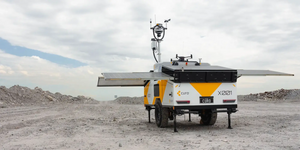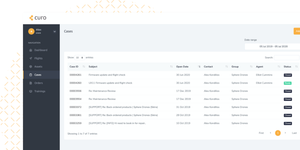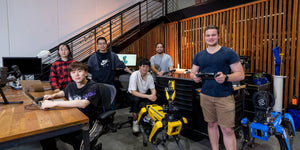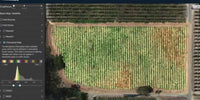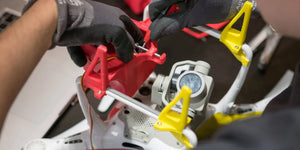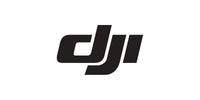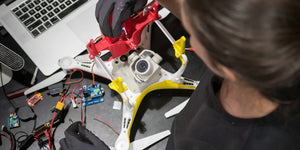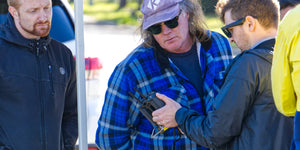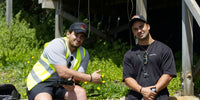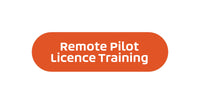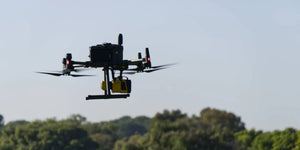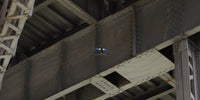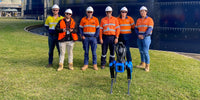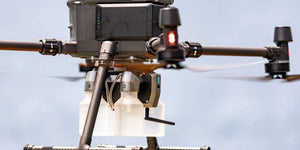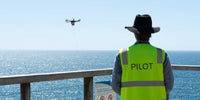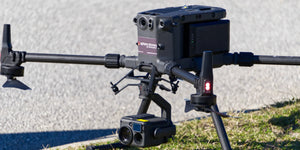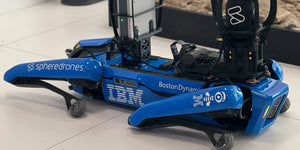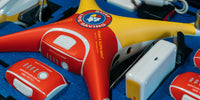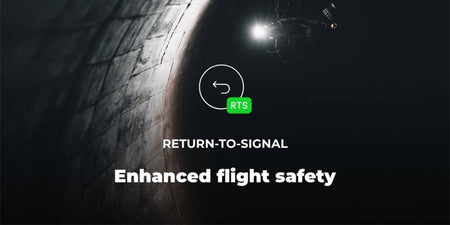Large tanks are used to manufacture pharmaceutical products at scale. These tanks are made from stainless steel as they are easy to clean, which is necessary!
After each production run the tanks are cleaned with acid and lye, but when a new cleaning method is implemented, the tanks must be inspected to ensure it has worked and hasn't done anything to the tanks.
How it's done
During this inspection process a fluorescent substance, Riboflavin, is sprayed into the tank. The tank is then cleaned, leaving the fluorescent substance anywhere the tank hasn't been correctly cleaned. This allows the team to make an informed decision on the best cleaning solution to use.
If Riboflavin remains after the first round of cleaning, then the cleaning process must be adapted, and the Riboflavin must be re-applied and re-cleaned until the cleaning process succeeds in leaving no more Riboflavin inside the tank.
In general, the protocol requires cleaning personnel to enter the tank twice:
- After the Riboflavin has been sprayed within the vessel, to ensure full coverage within the tank.
- After the Riboflavin has been cleaned off, to ensure that none of it remains within the tank.
Bringing the drone in
Using a large screen, Rockenschaub live-streamed visual data from the drone, following the two steps outlined above except replacing manned entry with drone entry:
- After the Riboflavin was sprayed inside a tank, Rockenschaub flew the Elios 2 inside to ensure that the substance had fully covered the interior of the tank.
- After the Riboflavin was cleaned off the inside of the tank, Rockenschaub again flew the Elios 2 inside the tank to ensure that none of the substance remained.
Here are the benefits the pharmaceutical company realised from the tests with the Elios 2:
- Savings. 60,000 Euros were saved by reducing the downtime of the tanks.
- Reduced downtimes. Time needed for the five Riboflavin tests was reduced from ten hours to just four.
- Safety. No plant personnel were required to enter the tanks.
- Reduced personnel. The Elios 2 helped reduce the number of people needed to conduct the tests from five to just three.
Source: Flyability
